Q&A With Alex Yeske: Advice + Insight for Your Next Interior Design Project
After a full month of living in my new living room designed by Alex Yeske Interiors, I can look back on the project (Before and After) and resoundingly say it was completely worth it to invest time + money into this space. I only wish I had the budget to do it earlier! So often we see immaculately designed homes that are all very beautiful and aspirational, but aren’t actually attainable for the majority of us. Then there is the DIY community that I’m always in awe of for their talent, grit, and dedication to their craft. Their very real journeys of learning new skills and undertaking challenging projects, which is often times hard and frustrating, is very inspiring. Then there’s the demographic that don’t own mansions but also don’t have the time to learn how to use a hack saw (*hand raise here*), which is why having an interior designer step in can be so valuable. Although it’s still largely a luxury service, interior design can save you money in renovation mistakes and poor furniture choices and maximize the usage and square footage of the space you have, not to mention do wonders for your mental health and happiness by designing a home you enjoy spending time in (*hand raise again*).
Today I’m sharing a Q&A with Alex herself to shed more light on why first time homeowners and millennials investing in their first home should consider, where to save and splurge when it comes to furnishing a space, and more.
What mistakes do you think new homeowners often make before and after moving in? Do you have any personal experiences you can share as a first time owner yourself?
One of the first things we did was put in an HVAC system, which is not something you really see but was really important to us to do before we got too settled in the house because it involved so much work behind the walls and in the attic. I think definitely skim coating, painting walls/ceilings/cabinetry can be really important; it helps save you a lot of headaches if you’re able to do it up front. Similarly with floors and tiles too.
I think one of the biggest things for homeowners and especially younger ones who have grown up with this social media landscape often feel like when they move in, they have to have it all done right away. And I think there’s so much that can be learned by just living in your space for a little while or, if you’re able to, have a buffer before you move in where you can spend that time visiting the house but also making a plan. People often realize after the move that they actually do want to change a lot of things, but it’s a lot harder to live with the construction and demo, and especially if you have kids too. It’s a big thing to kind of disrupt their lives.
Do you think interior design is a luxury service? What would you tell someone who’s unconvinced about investing that much money into interior design? Someone who might say, “Oh I’ll just do it myself.”
I would say that a lot of what you’re paying for is the expertise and experience of someone else who knows exactly what goes into a project like this. It also helps save you money in the long run by not making expensive mistakes because you’re working with a professional who’s hopefully done it before and can guide you through the process. Interior designers bring a different perspective too, because it’s not our home. We’re able to kind of look at it differently than you might your own home.
We also create very exact floor plans so that we source items and furniture that really fit your space. We also consider balancing the different textures, colors, and materials that play together well in a space whereas a regular homeowner might just buy all things in one color or one type of wood. I know it feels a little counterintuitive but a designer can sometimes help your space feel more like you, because they’re able to find those pieces that really speak to parts of your personality or things you’re interested in.
For people who aren’t able to commit a whole lump sum to hire a designer, a lot of designers do consultations where they’ll come to your house for an hour or two and kind of help you talk through things and I’ve started offering this myself. It’s a lower financial investment for the homeowner but they’ll get some guidance to at least help them get going if they’re more interested in DIYs.
Is there a certain range of parameter that someone who wants to invest that lower cost investment should expect? I’m sure they shouldn’t be expecting a full design scheme in just an hour of service.
It definitely varies from designer to designer. I would say some designers might be happy to do that type of work. I think the biggest thing you’re missing out on is just having that kind of hand-holding throughout the entire process and having someone to turn to if something goes wrong or you have a question. Some designers offer packages of a few sessions where you’ll get a design and they can help you source items, but the designer won’t usually place the purchases. You’d have to take care of all that and handle the logistics of getting everything shipped and tracked, not to mentioned installed and finding the right contractors to do all of that.
What are some low lift, low cost, foolproof ways someone can begin to update their home?
I would first start with getting inspiration and collecting images of spaces they love so they can start to see like, “Oh I really like blue sofas.” I think that will help guide them as they’re trying to figure out their plan. I think paint is a big thing that can change a space dramatically and is not a super big investment financially and time wise. Flea markets are also really low cost ways of adding elements of design, whether it’s through paintings or small sculptures. It creates a collected feel for the home.
Thrifting, estate sales, and flea markets are amazing for furnishing a home without spending too much money. That’s a lot of what’s in our own home. I love mixing in any vintage or antique pieces when I can. We sourced that vintage table for your entryway, which took us a long time to find the perfect one, but then when you finally do it’s so gratifying and feels so cool that you have this unique piece that no one else has.
I think also a lot of people stray away from vintage or antique pieces, especially when they have kids, because maybe they feel like they’re more delicate, but I actually find the opposite to be true in that they’re usually a lot more forgiving because they already have a mix of dings or scratches. It’s not as big of a deal when your kid scratches it again, whereas a lot of newer, depending on the quality you buy, but a lot of new stuff isn’t made as well, and so it’s very obvious.
A lot of it, I think, is also about how you grew up. I grew up in a house that had antiques and vintage pieces, so that is not weird to me, but my husband did not. And so in our house, when I got that big hutch cabinet for our living room, my husband was like, “Wait, we’re spending how much money? And it’s like used already? Are we gonna fix this spot where it’s broken? Why does it have this big mark? Are we gonna fix that?” And I was like, no, like that’s what makes it so beautiful is it has all of this. I think it’s just an education for people. It’s probably overwhelming and a little scary for people who aren’t used to shopping vintage and antique, but it can be really amazing once you open yourself up to it.
On the flip side, what are the first big ticket purchases you would dedicate a design budget towards? What did you invest in for your own home?
I think it’s important to think about how you live, what items and pieces of furniture or elements in your home are something you use all the time, and what is super important to the way you live. Sofas come up a lot because we spend a lot of time there whether it’s watching TV or socializing with family and friends. I would say your bed, because we spend so much time sleeping!
It’s definitely dependent on the homeowner and what’s important to them. Otherwise you might spend a lot of money on something that just goes unused. A big storage cabinet was high on my list because I have so many decor items I wanted to display. We spend a lot of time at our kitchen table whether it’s for eating, crafts, or just hanging out. In your case with the bookcases, it was important to get storage.
Interior design has become more democratic and accessible with a variety of companies that offer more budget-friendly design services. What are some pros and cons to using those services versus hiring a personal designer?
They’re a great place to start if you don’t have the funds to invest in working with a designer or maybe you just need guidance towards what you’re interested in. Even just getting the spacial planning can be really helpful if people have trouble visualizing a space.
I just think it’s always so much better when you’re able to work with someone face to face and have them be in your space. Usually they’re pulling from bigger retailers so you’re definitely lacking a custom, unique space in the end. For me, having tested it myself, I just couldn’t get that kind of lived in, collected feel that I was going for.
Lastly, is there a certain formula or aesthetic you go by when designing a project that prospective clients can expect from you?
I think of myself as a designer that doesn’t have one look and feel, and can adapt to different people’s homes and their spaces so that it doesn’t always feel replicated from project to project. There are definitely certain elements, like mixing materials and mixing old with new stuff, that goes throughout my projects.
When it comes to sourcing, it’s super important to me to not have it feel like it all came from one place. I look for pieces that are pretty classic and timeless in their silhouettes or their materials because I want my spaces to last and not feel of a certain time. I don’t want it to feel outdated in a year or two.
I think the biggest thing is listening to your clients and seeing what they already have, what they love, what they don’t love. Just really taking cues from them helps it feel like it’s not all just the designer’s space. It feels like a collaboration, which is important to me. Because, you know, it’s their home, it’s not my home. I obviously want to make it beautiful, but I also want it to feel like them and not for them to feel afraid to go into it or enjoy it.
To see more of Alex Yeske’s work, check out the before and after of my living room refresh project!
from Design MilkInterior Design Ideas for Your Modern Home | Design Milk https://ift.tt/8arHF0S
via Design Milk
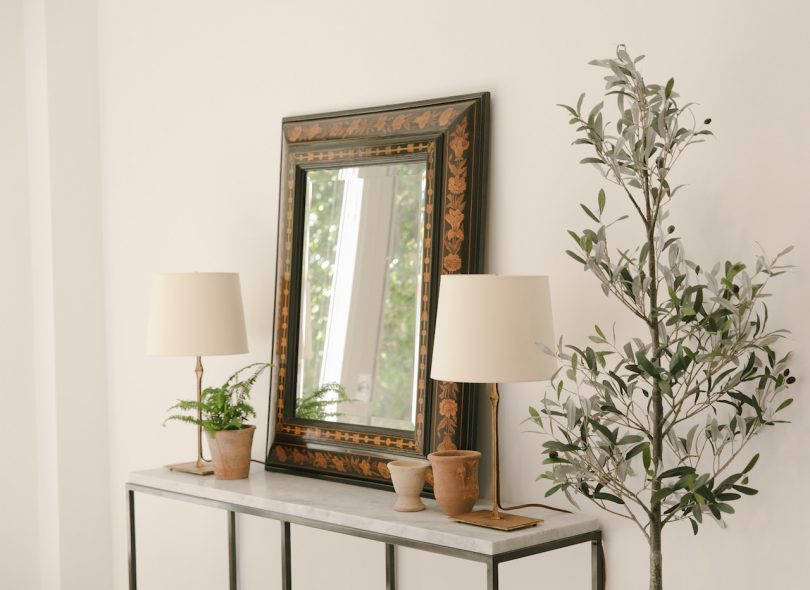
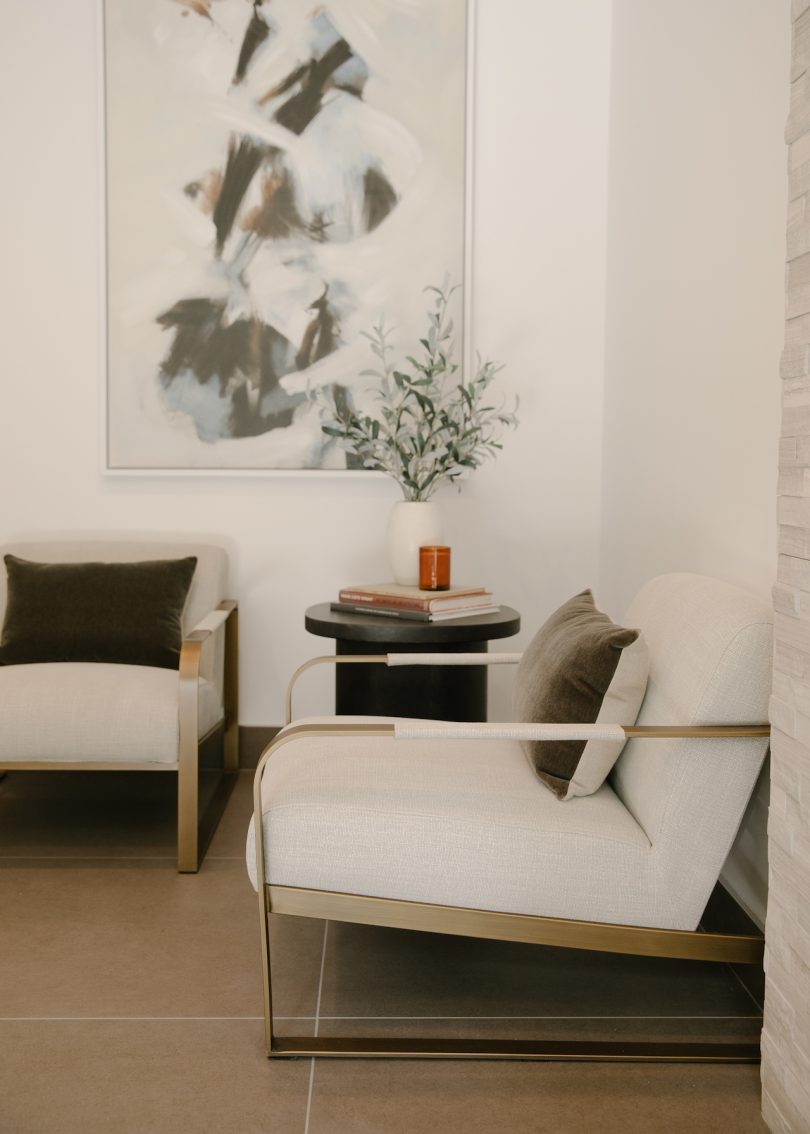
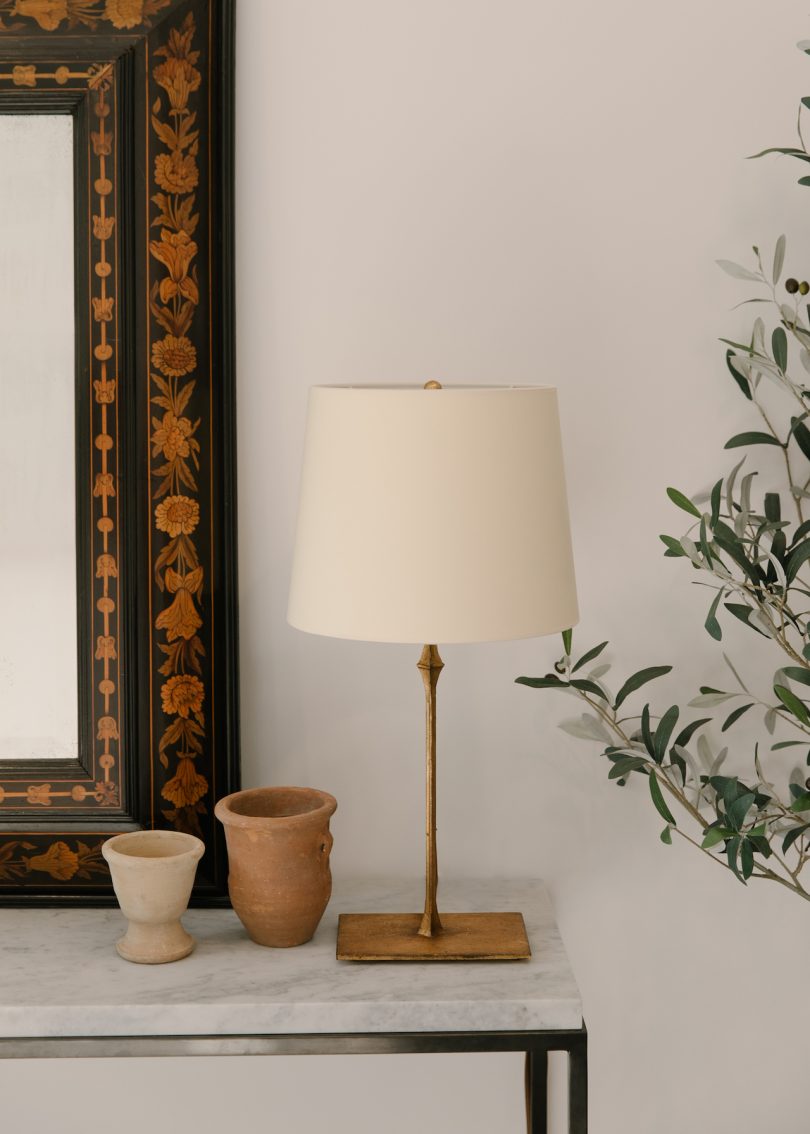
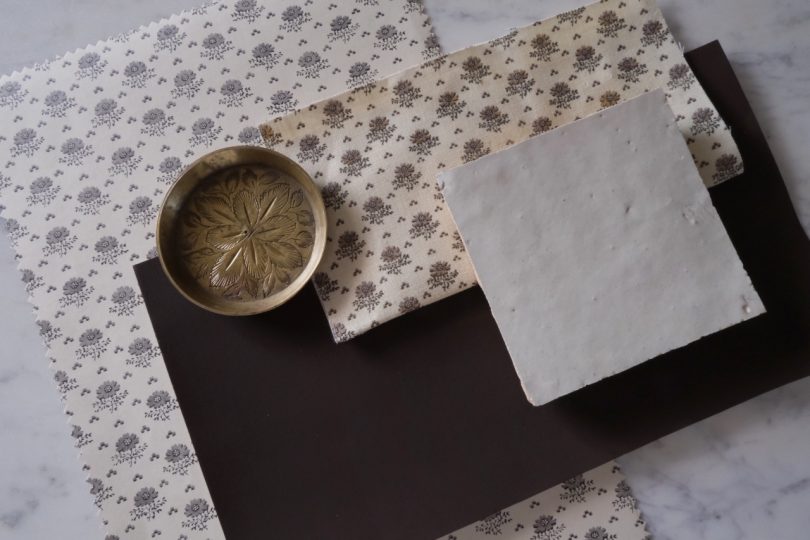
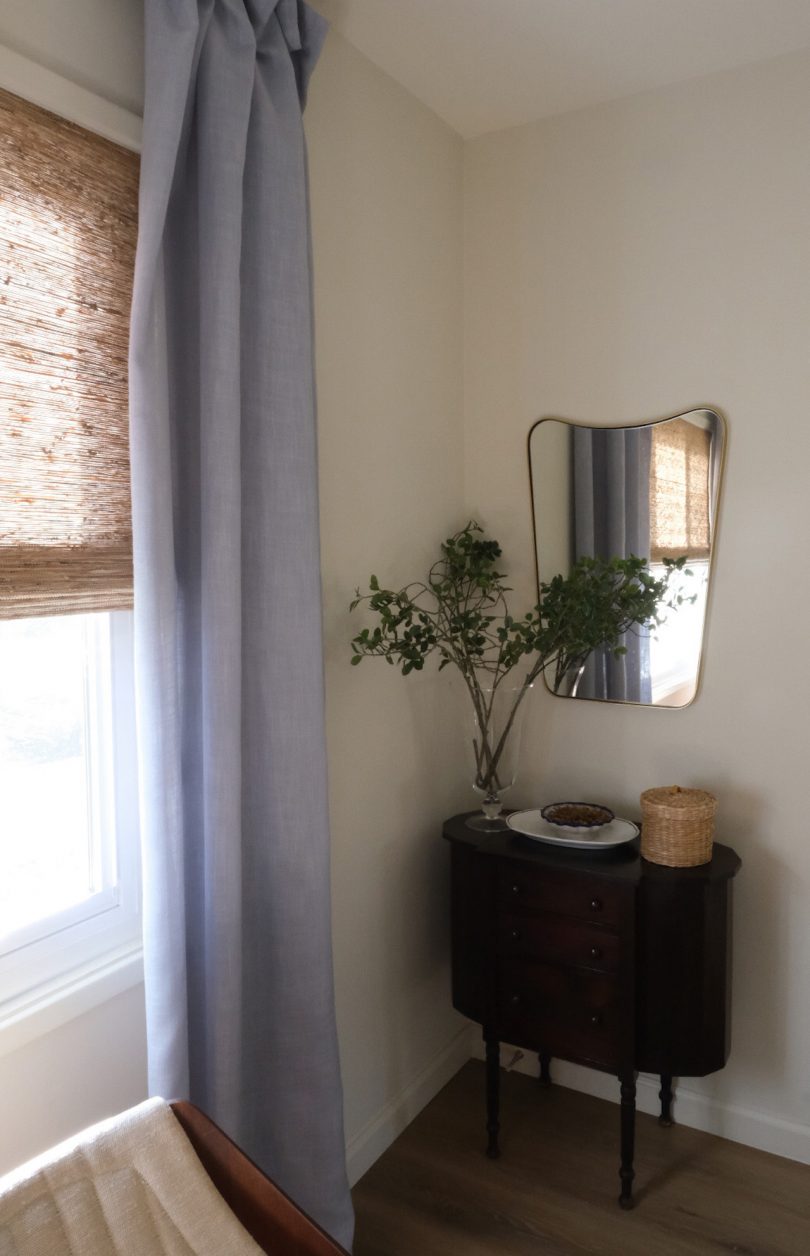
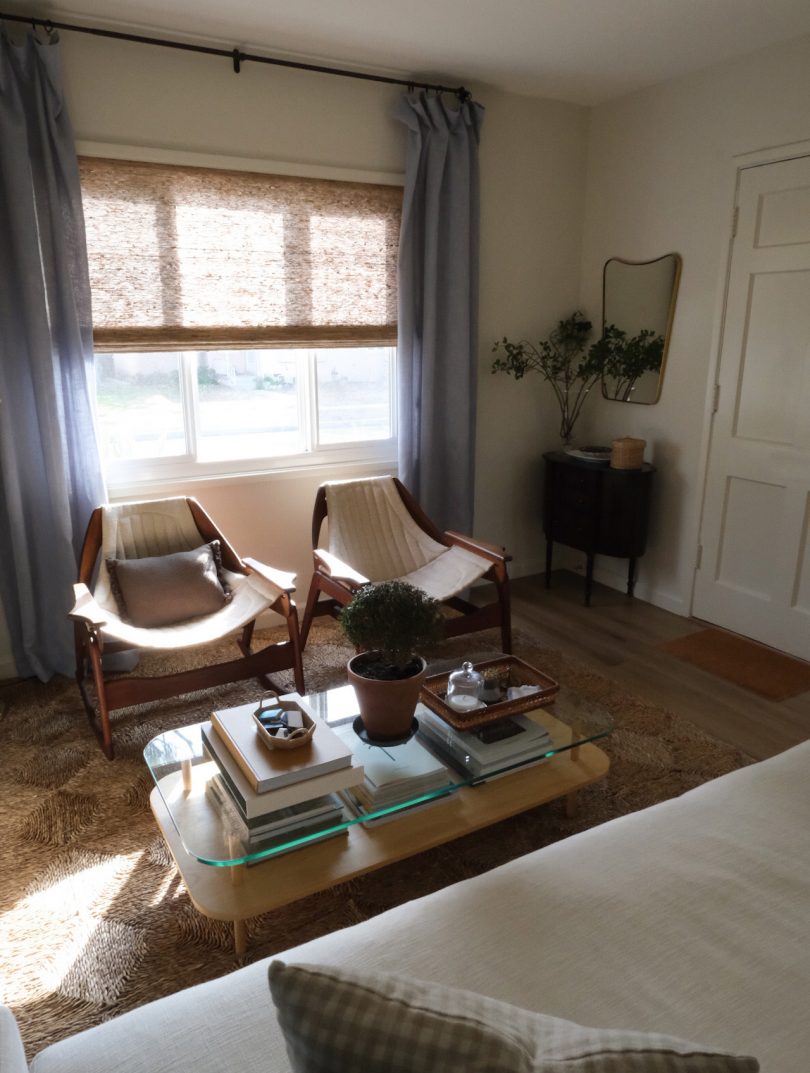
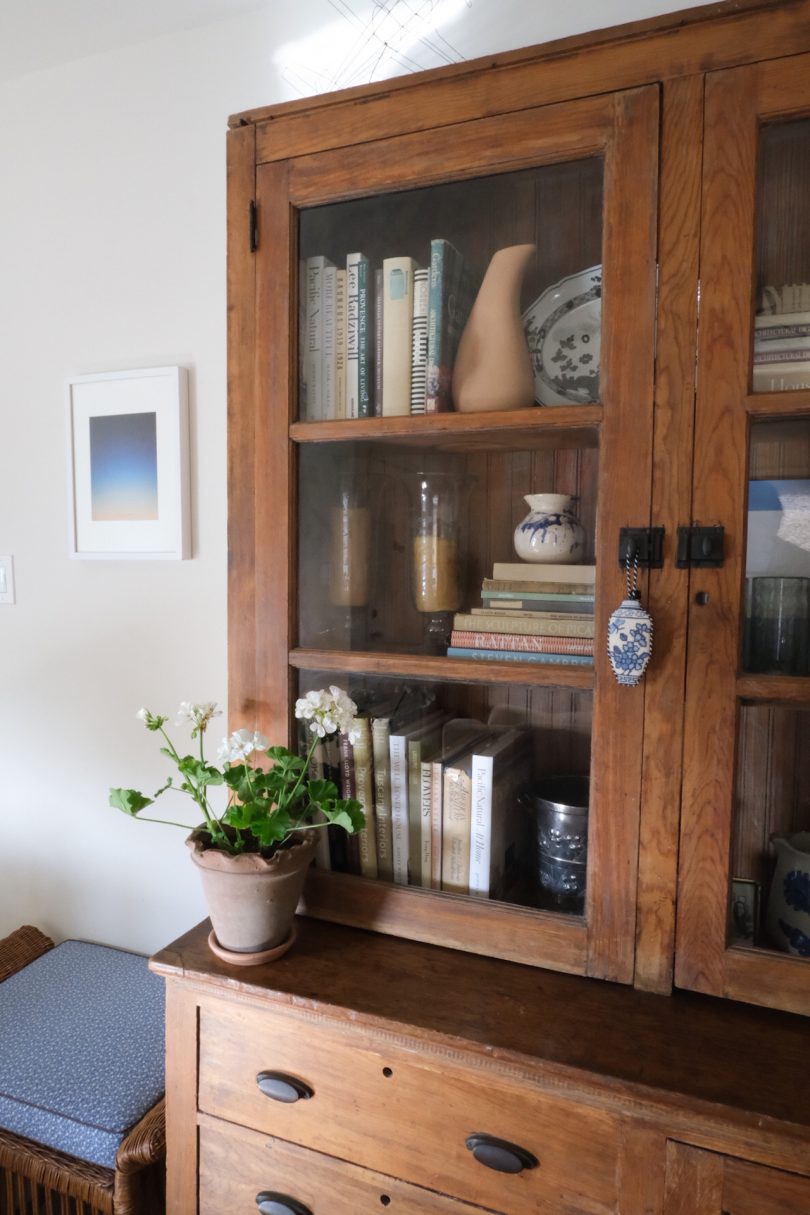
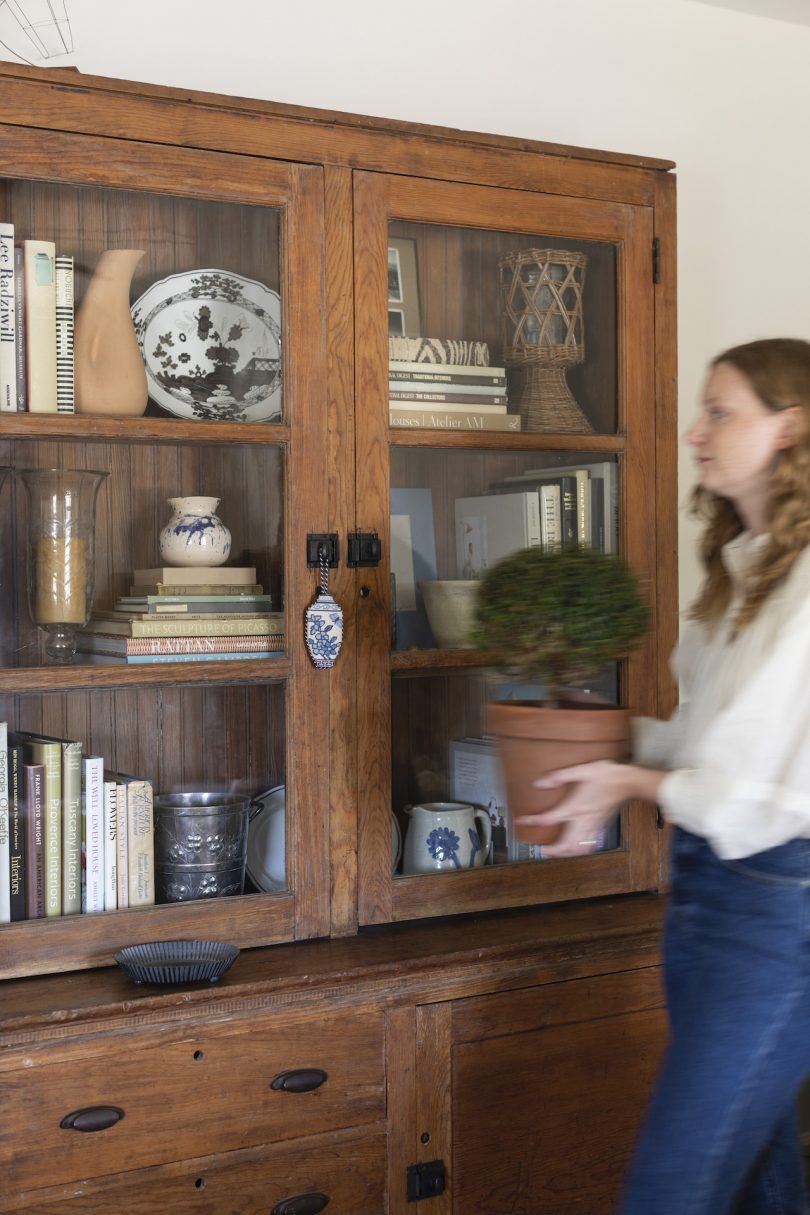
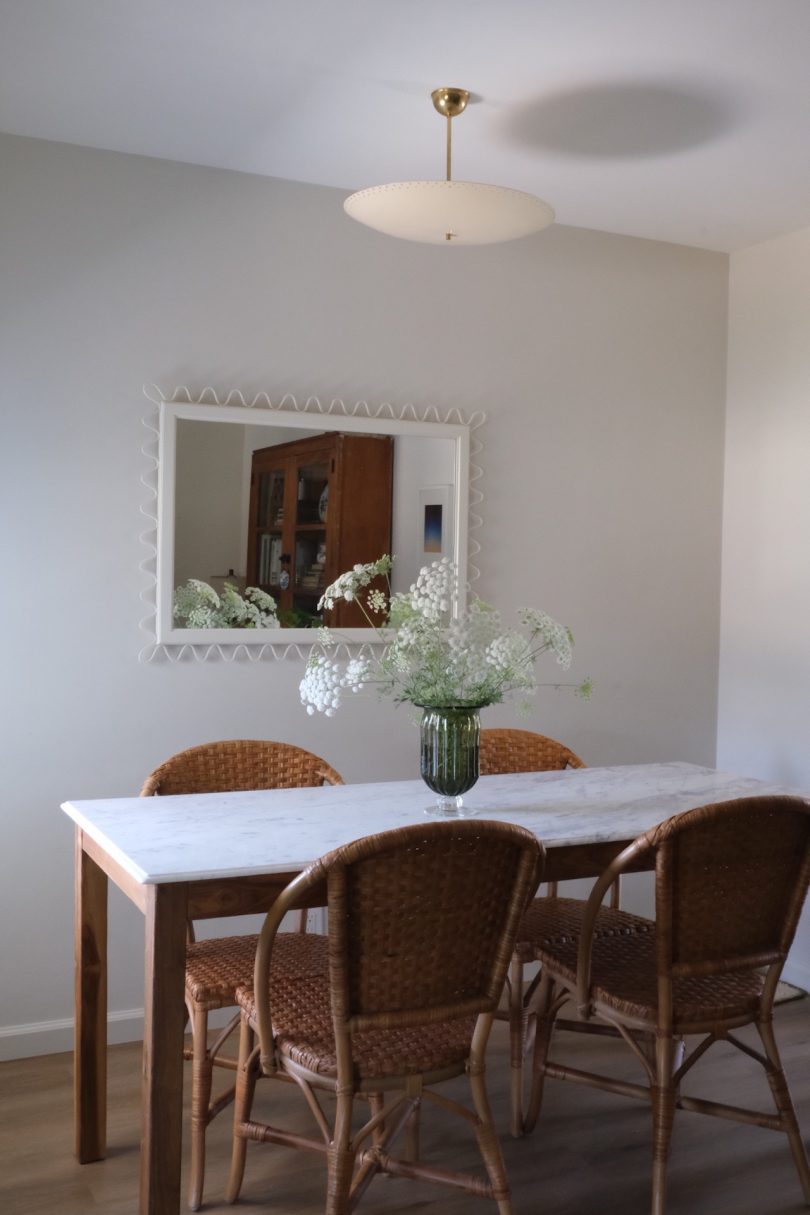
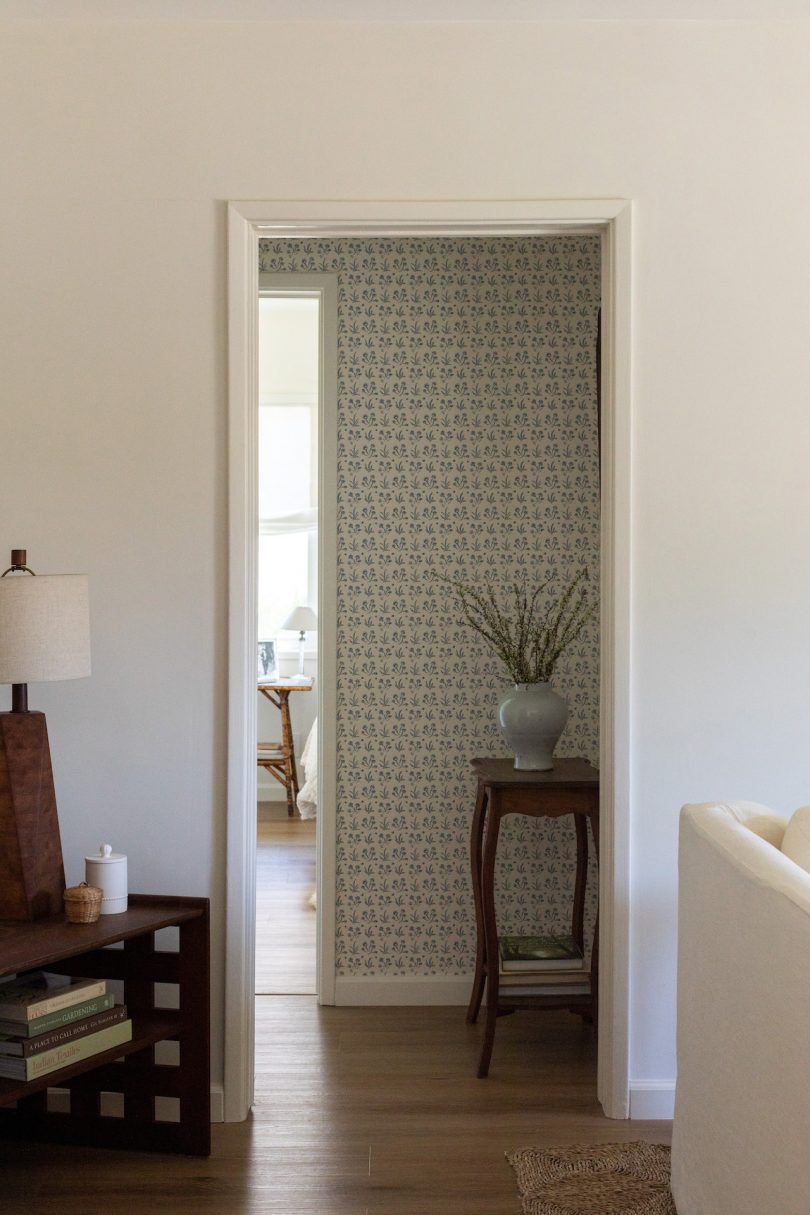
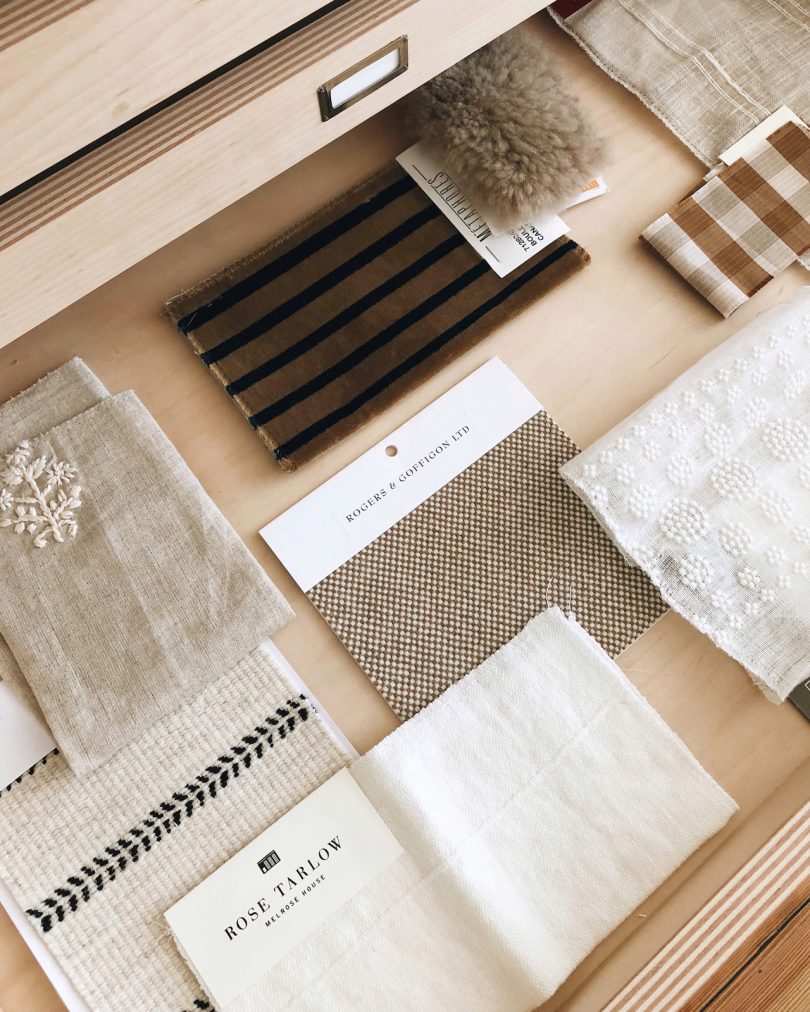
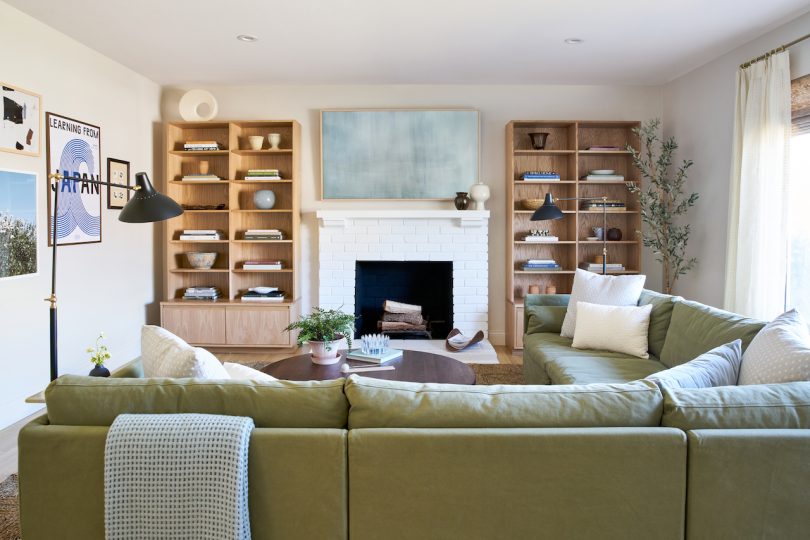


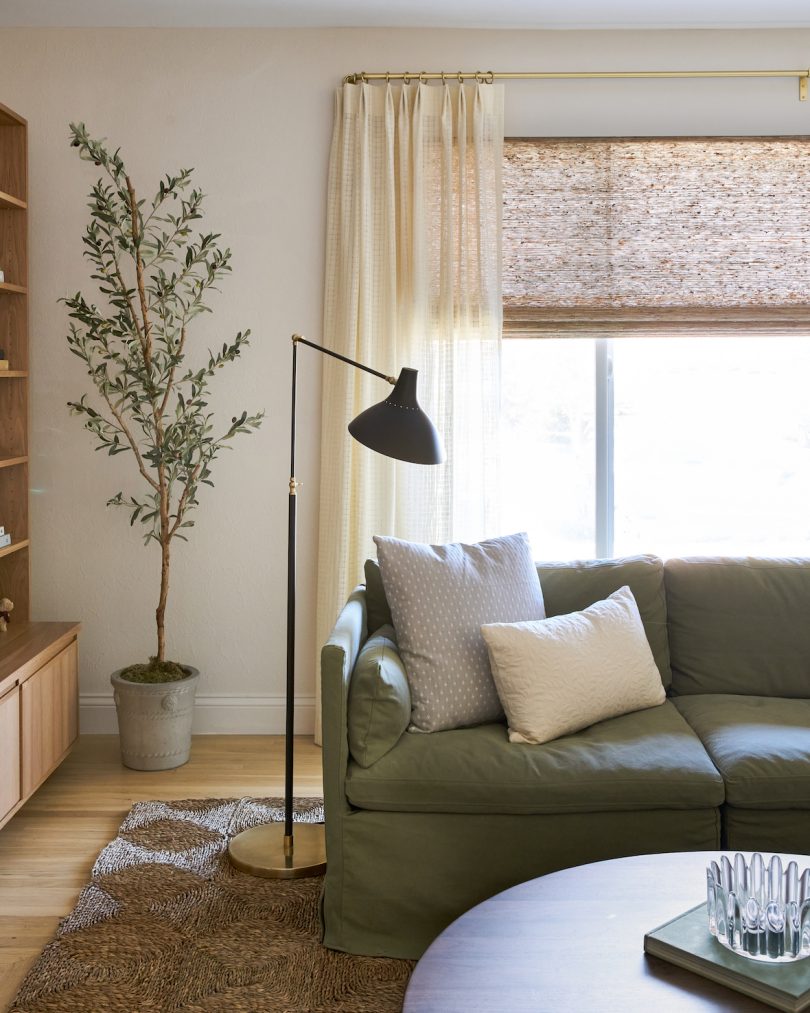
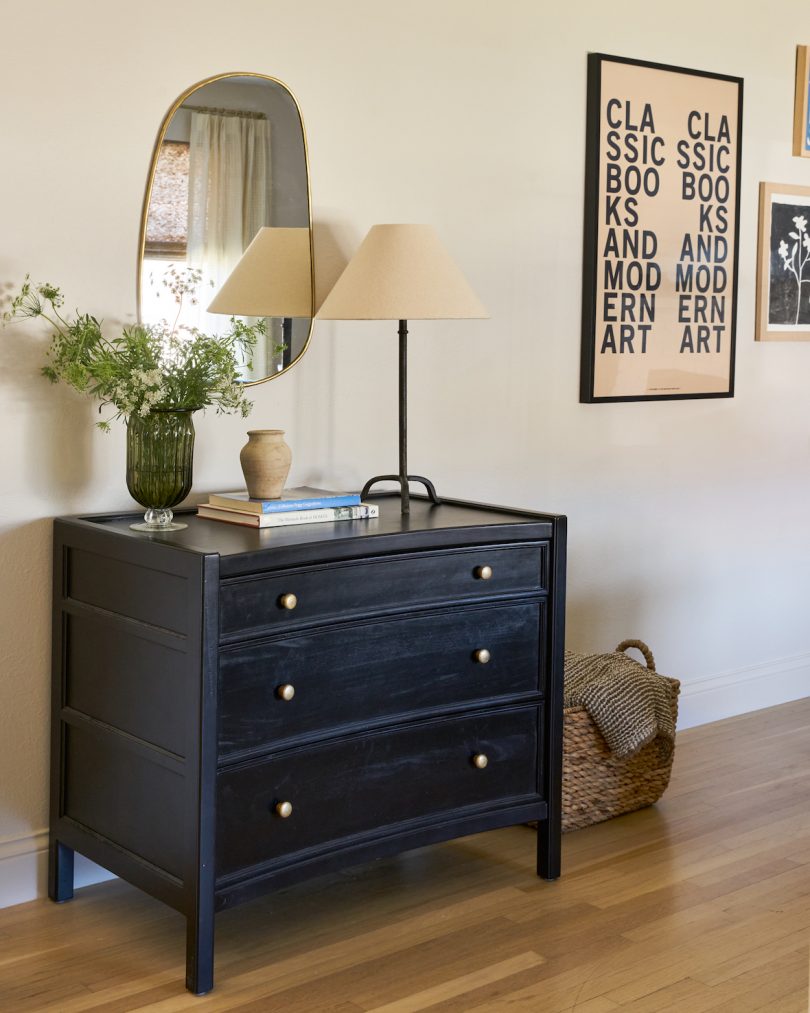
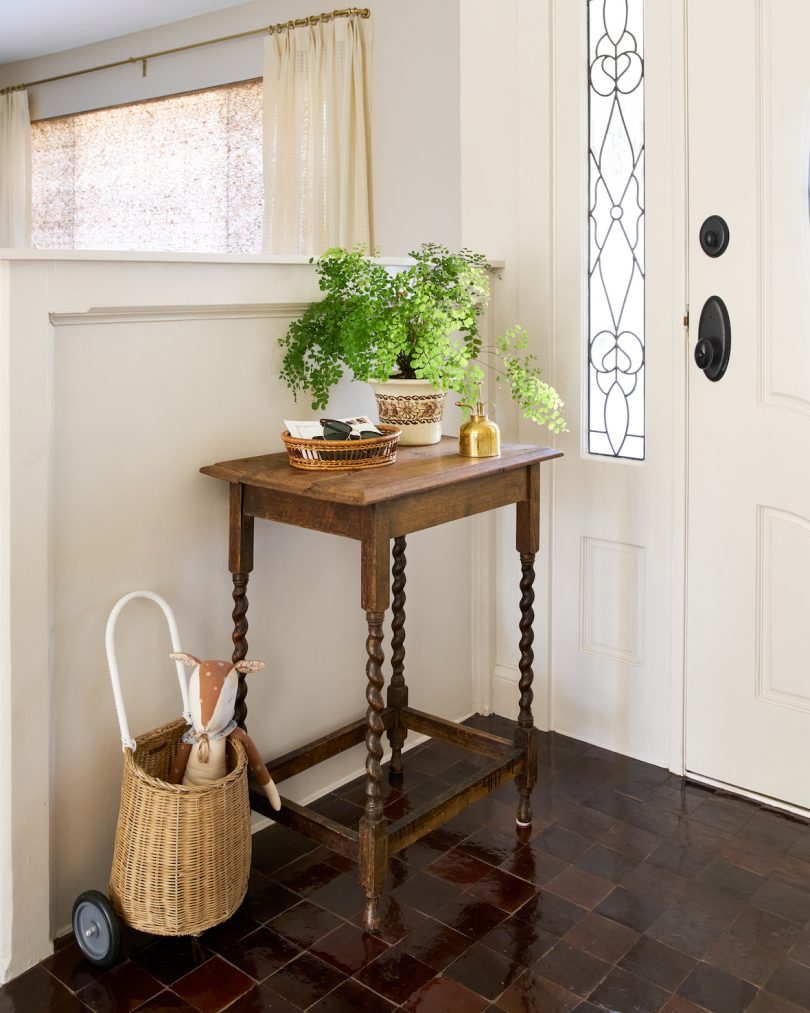
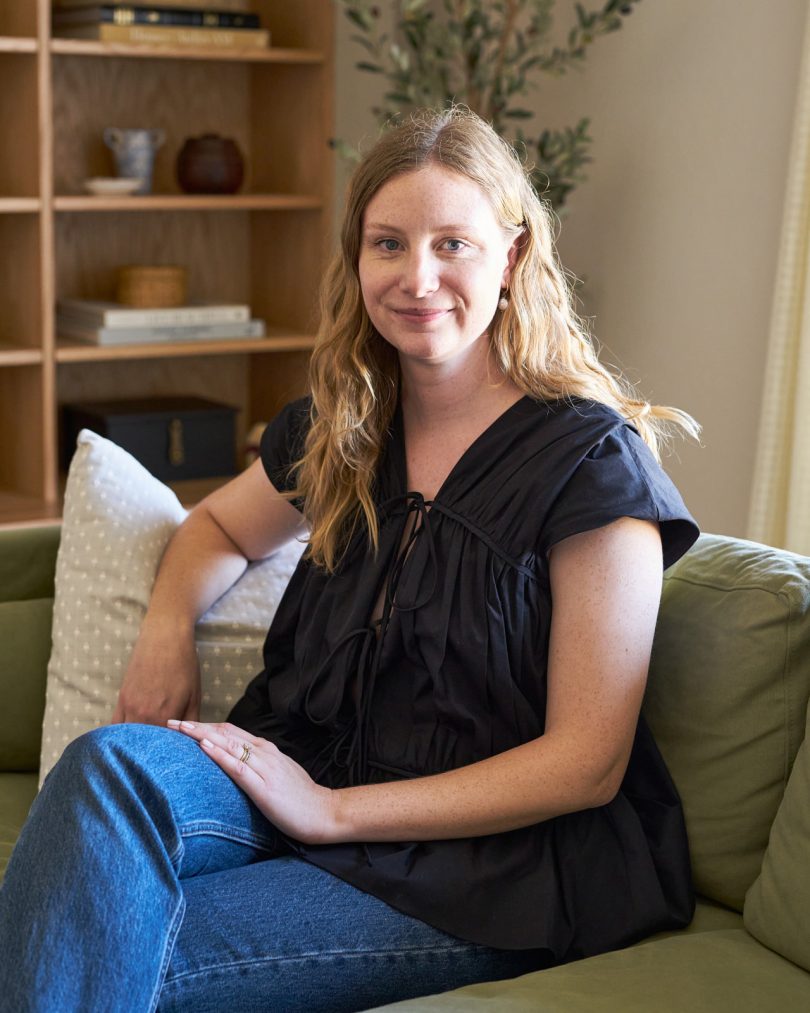

No comments